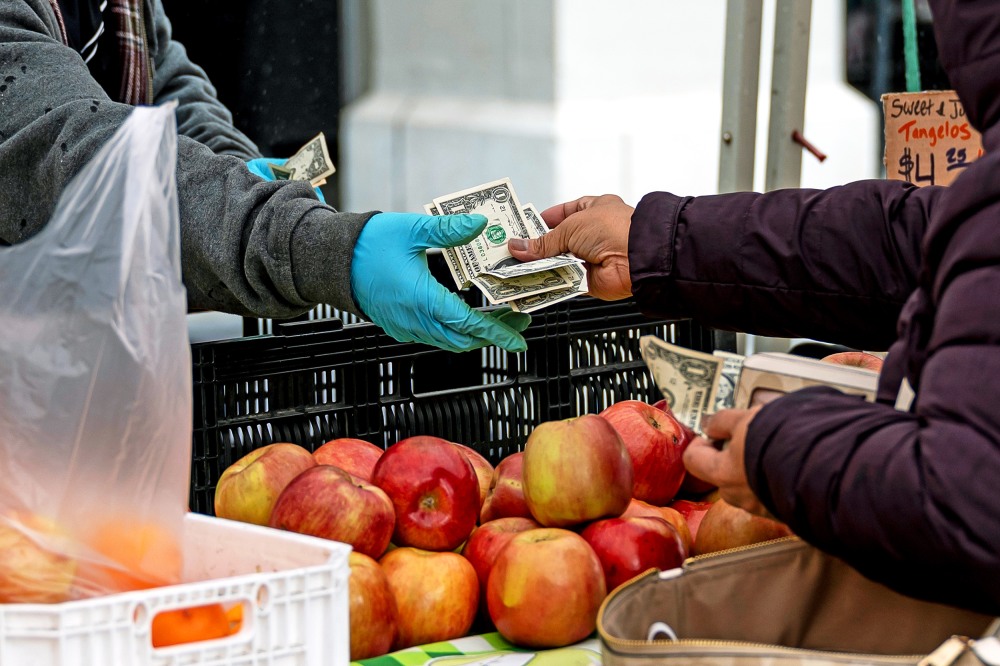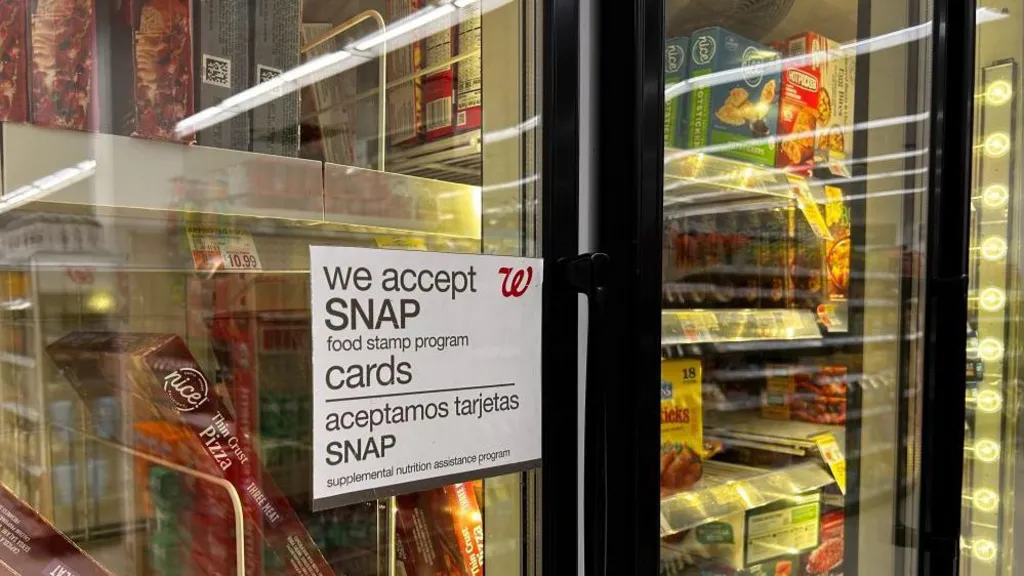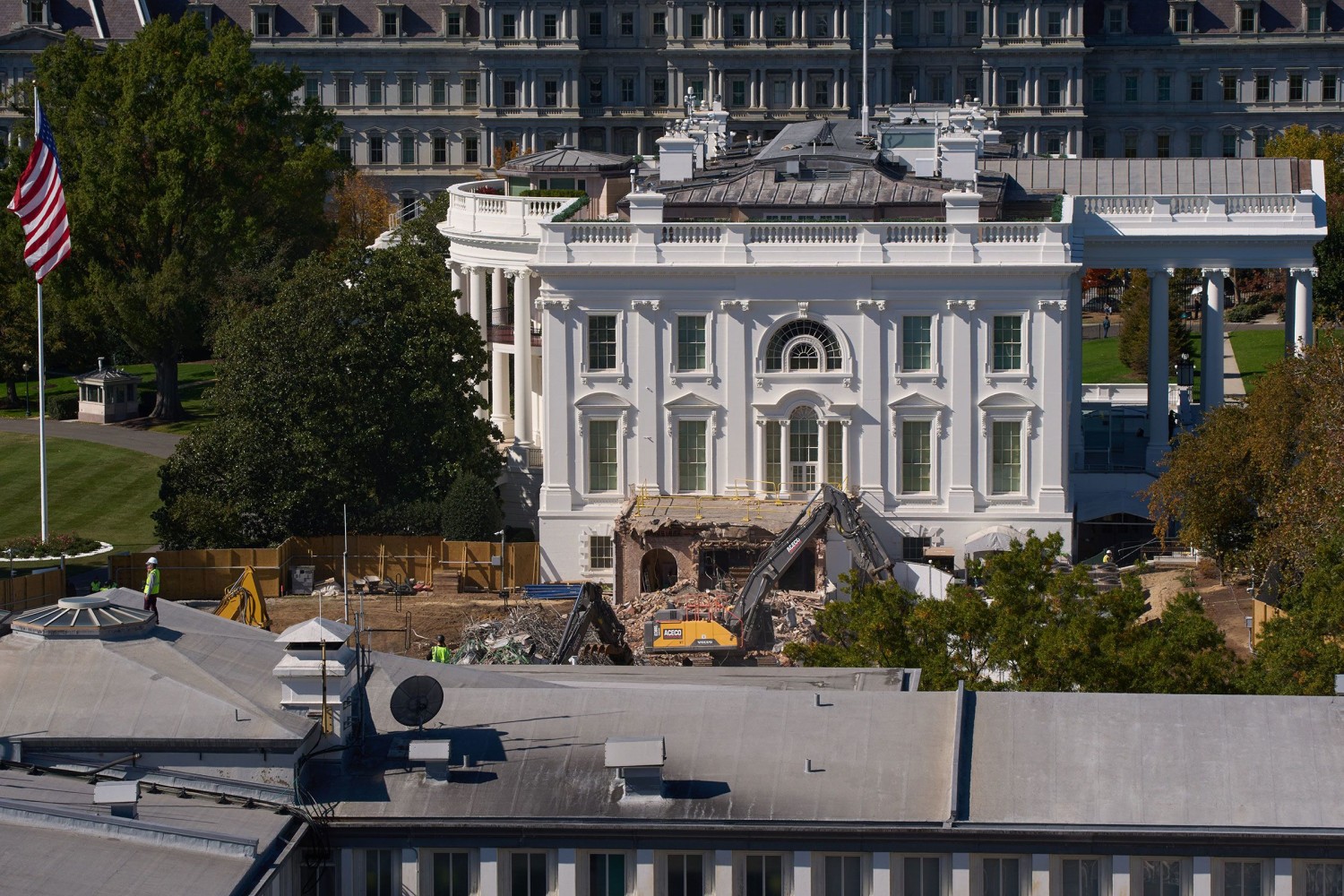
This article is more than
5 year oldCoronavirus stimulus checks: 4 plans for sending Americans more money
The Treasury Department says that, as part of the stimulus package passed in March, over 80 million Americans have already received their money via direct deposit. The paper checks – with President Trump’s name on them – began going out this week for those without banking information on file. Subsequent rounds of checkswill continue being distributed until September.
Read more: Coronavirus stimulus check: How to get one if you don’t file your taxes
"We are going to need to do more," Jim Kessler, the executive vice president for policy at Third Way, told Yahoo Finance. Third Way, a moderate Democratic group, is one of the most centrist voices pushing for recurring payments.
“We would like a V-shaped recovery, not a W-shaped recovery,” Kessler said. People are being so damaged economically that, without additional checks, “we start having the domino effect of foreclosures and homelessness,” he said.
A range of plans for follow-up checks
There are a range of proposals floating around Washington that could inform any phase 4 deal. House Speaker Nancy Pelosi has said that the next bill should include “giving families additional direct payments.”
Many liberal groups have been pushing the idea for weeks. A recent letter, signed by 62 members of Congress including Sen. Kamala Harris, Sen. Bernie Sanders, and Rep. Alexandria Ocasio-Cortez, argued that “recurring monthly payments is the most efficient mechanism for delivering economic relief to those most at-risk in this crisis.” Sanders has called for monthly direct payments of $2,000 to every person in the United States.
Read more: Coronavirus stimulus checks: Here’s why you can’t find out your payment status

|
There is also a proposal in the House for $2,000 each month for those making less than $130,000 annually. Rep. Tim Ryan (D-OH), one of that plan’s authors, said that “a direct cash infusion to the American people is the best way to do this” during a recent Yahoo Finance interview, adding that simpler is better because with “these bureaucratic programs, something never quite works out the way we want them to.”
Kessler’s group, which has had a contentious relationship with the Bernie Sanders wing of the Democratic party, has now proposed something similar but more modest.They are calling it a “Coronavirus Safety Net” with direct payments until the pandemic ends and businesses re-open. Payouts would be similar to the current checks: $1,200 (with $500 for dependents) paid out to individuals earning up to $75,000 or couples earning up to $150,000 and then phased out above that.
“We should probably be providing that every single month,” Kessler said, “at least for the next three or four months, possibly six months.”
Kessler appeared as part of Yahoo Finance’s ongoing partnership with the Funding our Future campaign, a group of organizations advocating for increased retirement security for Americans.
Andrew Yang, the former presidential candidate, talked about taking things even further in a Yahoo Finance appearance on Wednesday. "I just think we should do this in perpetuity,” he said. “We can 100% afford it,” he said, especially if the U.S. implemented a value-added tax to force big companies pay more in taxes.
Yang became a household name in 2019 thanks to a presidential campaign centered around his plan for a universal basic income of $1,000 a month for every American.
Will Republicans support the idea?
Republicans have talked about more checks much less, but many have signaled openness to the idea, without necessarily being on board with recurring payments. “We could very well do a second round,” President Trump said recently. “It is absolutely under serious consideration.”
During the initial negotiations in March, the White House proposed “two tranches.” The idea at the time was $1,000 per person to go out immediately and another $1,000 to go out 6 weeks later if the president still had a national emergency declared.

(Bill Clark/CQ-Roll Call, Inc via Getty Images) |
For his part, Senate Majority Leader Mitch McConnell has signaled that a phase 4 deal might be down the road a while. He has also said he is focused on the deficit for the next relief bill, which might put a microscope on expensive direct payments. The first round of payments is estimated to cost around $290 billion.
McConnell is also aiming to delay beginning more negotiations until May 4, when the Senate is scheduled to return to Washington, D.C. “We’re going to push the pause button here,” he said Tuesday in an interview.
Ben Werschkul is a producer for Yahoo Finance in Washington, DC.
Read more:
Trump’s name on coronavirus stimulus checks could become a 2020 campaign issue
Coronavirus stimulus checks: Here's why you can't find out your payment status
Read the latest financial and business news from Yahoo Finance
Follow Yahoo Finance on Twitter, Facebook, Instagram, Flipboard, LinkedIn, YouTube, and reddit.




